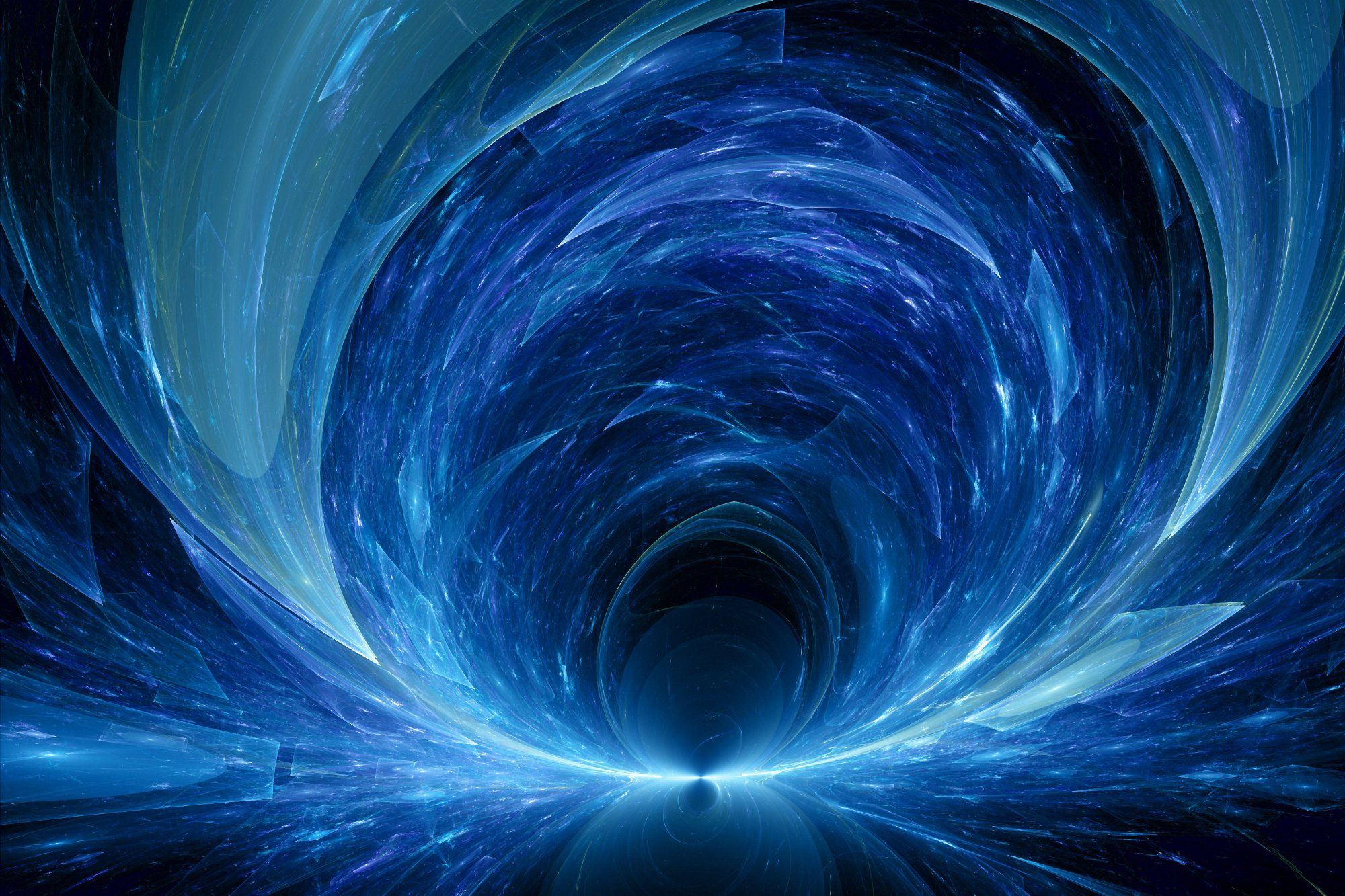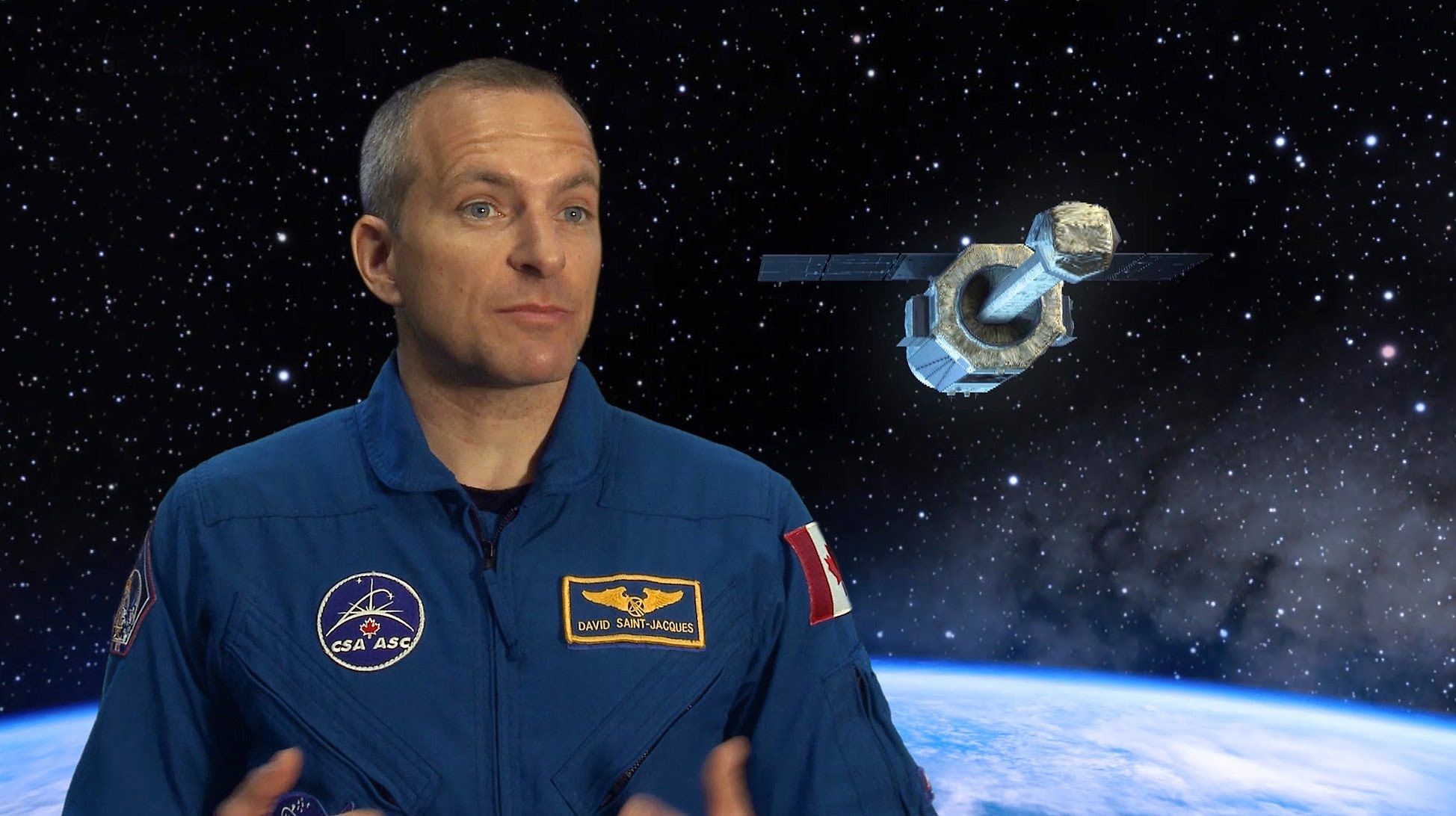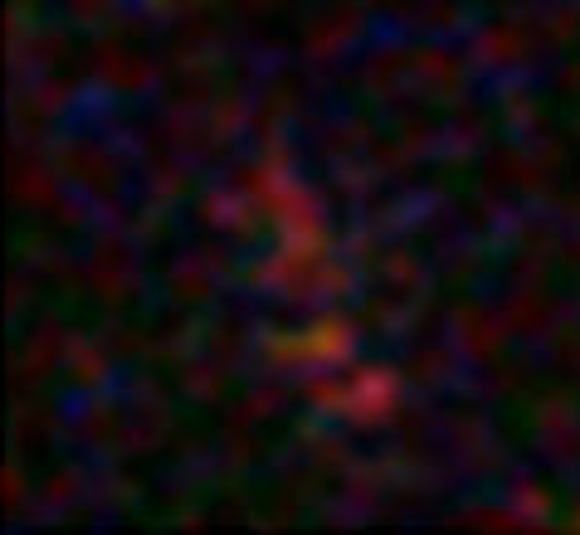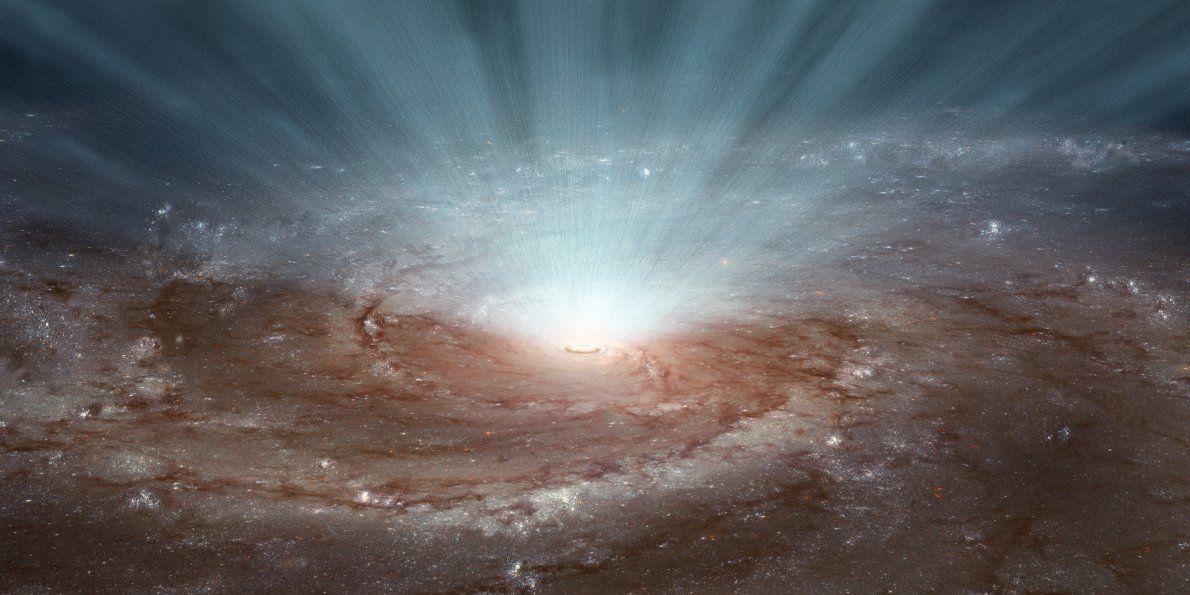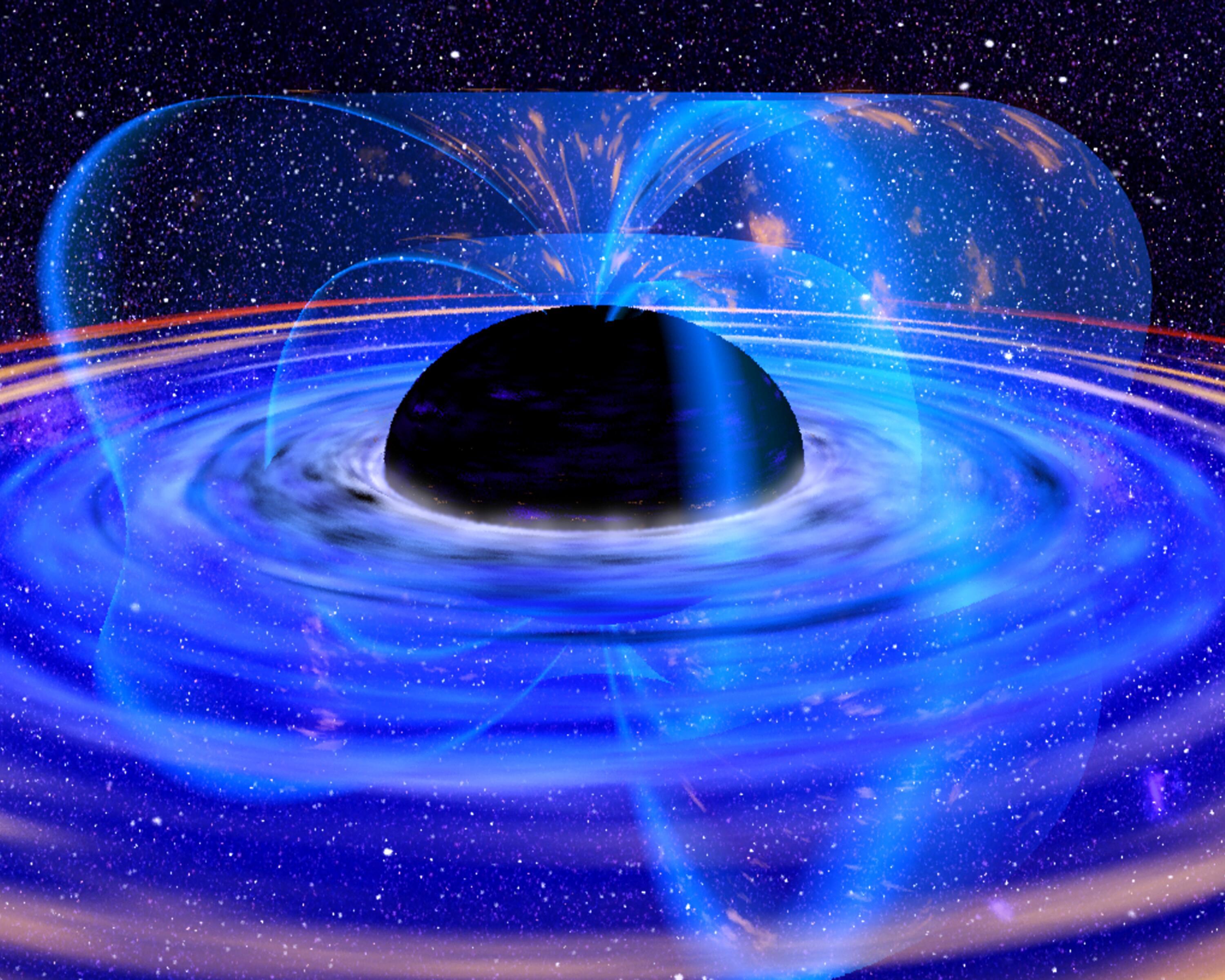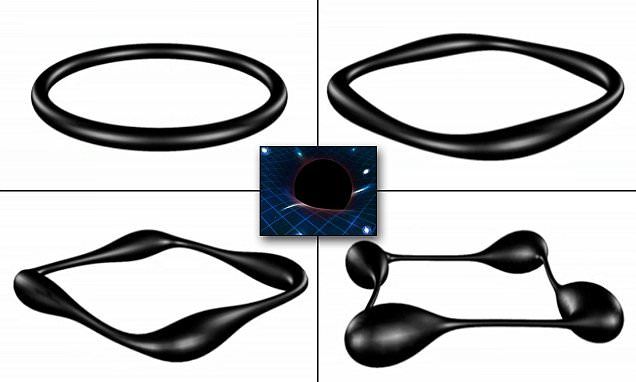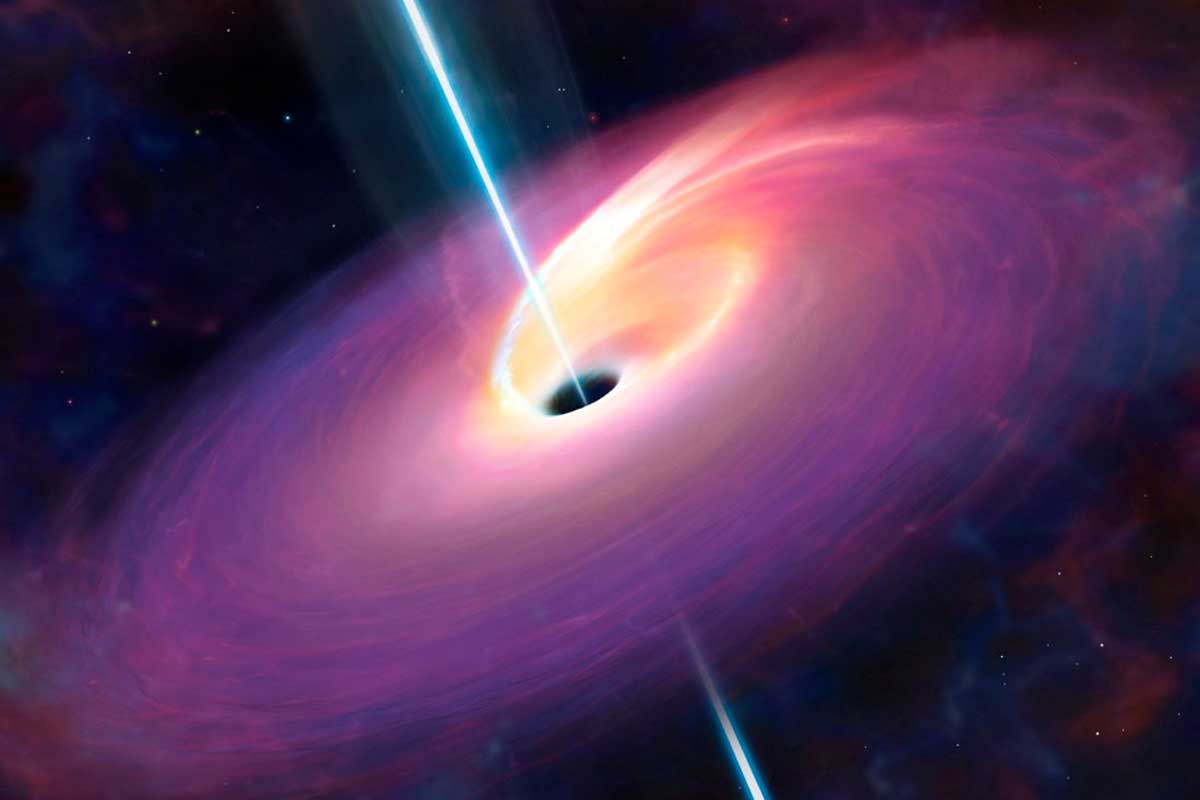Feb 21, 2016
No Big Bang? Quantum equation predicts universe has no beginning
Posted by Karen Hurst in categories: cosmology, information science, mathematics, quantum physics, singularity
New equation proves no “Big Bang” theory and no beginning either as well as no singularity.
(Phys.org) —The universe may have existed forever, according to a new model that applies quantum correction terms to complement Einstein’s theory of general relativity. The model may also account for dark matter and dark energy, resolving multiple problems at once.
The widely accepted age of the universe, as estimated by general relativity, is 13.8 billion years. In the beginning, everything in existence is thought to have occupied a single infinitely dense point, or singularity. Only after this point began to expand in a “Big Bang” did the universe officially begin.
Continue reading “No Big Bang? Quantum equation predicts universe has no beginning” »

